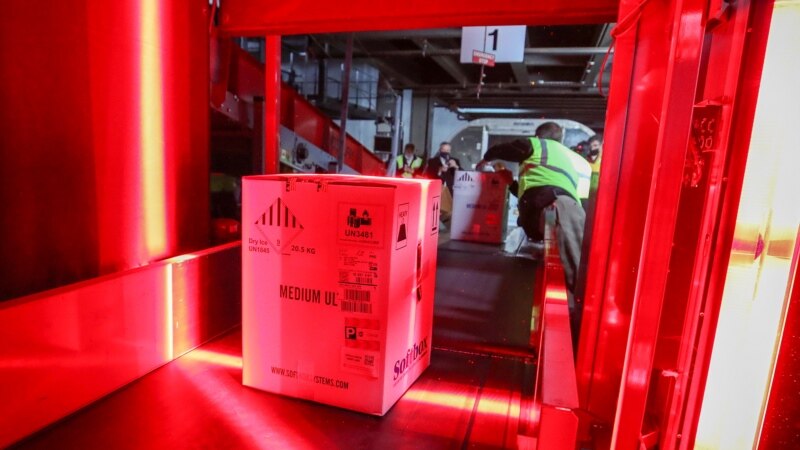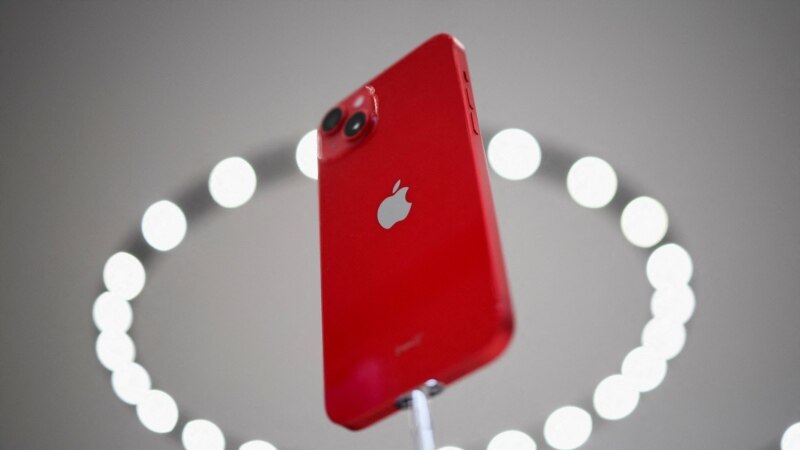
How COVID-19 Vaccines Developed in Record Time
Before the start of the Lunar New Year in January, Chinese officials reported an outbreak of a lung infection from a market in the city of Wuhan. There were about 41 cases of infection and one death linked to an unknown coronavirus at the time.
Some thought it was similar to the SARS virus, short for severe acute respiratory syndrome. That virus struck southern China in late 2002. It then spread to more than 24 countries, killing nearly 800 people.
Others compared the new virus to MERS, Middle East respiratory syndrome. That coronavirus was first reported in 2012 in Saudi Arabia before spreading to 27 countries and leading to 858 known deaths.
The SARS and MERS outbreaks were mainly contained. But there are still no vaccines for those diseases.
Vaccine development
Vaccine development is a long and complex process. It took 18 years for scientists to successfully develop a vaccine against polio, a disease that paralyzed many children. The College of Physicians of Philadelphia said it took two to four years just to identify a substance in the lab that could fight a disease.
But this outbreak was different. In just two months, the new coronavirus had infected more than 118,000 people in 114 countries. More than 4,200 had died from the disease.
The World Health Organization (WHO) declared the new coronavirus a pandemic on March 11. Around the world, scientists immediately went to work to develop a vaccine based on the genetic structure of the new coronavirus published on virological.com.
The WHO says there are currently more than 50 COVID-19 vaccine candidates undergoing human trials. At least 12 of the trials are in the Phase 3 level with as many as 40,000 volunteers.
This month, the United States, Britain and the European Union approved the first two vaccines, developed by Pfizer-BioNTech and Moderna, for emergency use against the new coronavirus. The approval came less than a year since the start of the pandemic.
The U.S. Food and Drug Administration (FDA) found the two vaccines from Pfizer-BioNTech and Moderna to be safe and 95 percent effective against COVID-19. The rate is well above the requirement that a vaccine be at least 50 percent effective to be considered for emergency use.
Dr. Anthony Fauci is the U.S. government’s top infectious diseases expert. He said, “Not very many people expected it would be as high as that.”
mRNA technology
American drug-maker Pfizer is one of the largest companies in the world. Moderna is a small biotech company that has not brought any product to the market.
But the two drug-makers have one thing in common. They both used a technology called messenger RNA, or mRNA, to develop the vaccines in record time.
Traditional vaccines usually inject an inactive or weakened virus into the body to force the production of antibodies to fight the virus. The vaccines from Pfizer and Moderna do not contain the coronavirus itself.
The mRNA vaccines give instructions for our cells to make what is called the “spike protein,” a substance found on the surface of the virus that causes COVID-19. The cell then breaks down the instructions and gets rid of them. The human body recognizes that the protein does not belong there and starts producing antibodies to fight against COVID-19. At the end of the process, the body learns how to protect against future infection.
The benefit of mRNA vaccines is that those who are vaccinated gain protection without having the risk of getting sick with COVID-19.
Research behind the technology
No mRNA vaccine has been approved to treat people until now. But research on the technology started nearly 30 years ago.
In 1990, University of Pennsylvania scientist Katalin Karikó proposed using mRNA technology in gene therapy. At the time, the technology was difficult to work with. When she injected lab mice with the genetic material, some died.
Kariko worked with colleague Drew Weissman. They made an important discovery in 2005. They replaced one of mRNA’s four chemical building blocks with a slightly modified substance called pseudouridine. Weissman said, “We submitted that for a patent, and that was the birth of therapeutic RNA.”
Karikó and Weissman’s findings, however, did not receive much attention until 2010. That year, Harvard University scientist Derrick Rossi used modified mRNA in his stem cell research. Rossi, along with several others, licensed the technology to establish a new biotech drug-maker called Moderna. The name is a combination of the words modified and RNA. Karikó now works for BioNTech supervising development of its mRNA product.
On December 8, Margaret Keenan of Britain became the first person in the world to receive a tested and approved COVID-19 vaccine made by Pfizer-BioNTech.
Keenan, who was to turn 91 the following week, said, “It’s the best early birthday present I could wish for because it means I can finally look forward to spending time with my family and friends in the New Year after being on my own for most of the year.”
Around the world, about 74 million people have been infected with the new coronavirus. Nearly 1.7 million have died from COVID-19.
I’m Caty Weaver. And I’m Mario Ritter Jr.
Hai Do wrote this story for VOA Learning English. Mario Ritter Jr. was the editor.
Words in This Story
paralyzed –adj. unable to feel or move parts of the body
Phase 3 –n. a level of developing a vaccine when it is tested on people to better understand their reactions
therapy –n. treatment for an illness
submitted –v. offered for review and approval
patent –n. an official document that gives a person the right to be the only seller of a product for a period of time
therapeutic –adj. related to treatment and therapy
licensed –v. having official permission to have something or receive gain from it
We want to hear from you. Write to us in the Comments section, and visit our Facebook page.
Share this article:
This article uses material from the VOA Learning English article, and is in public domain. Images and videos are available under their respective licenses.


